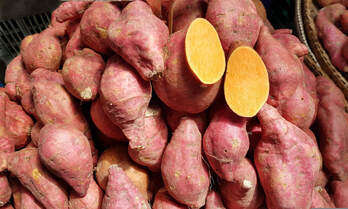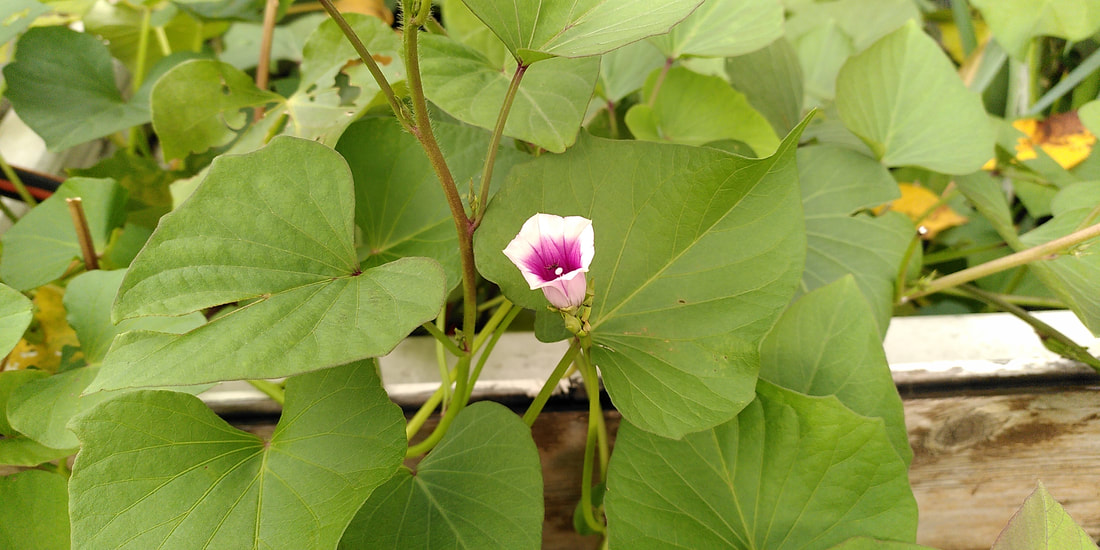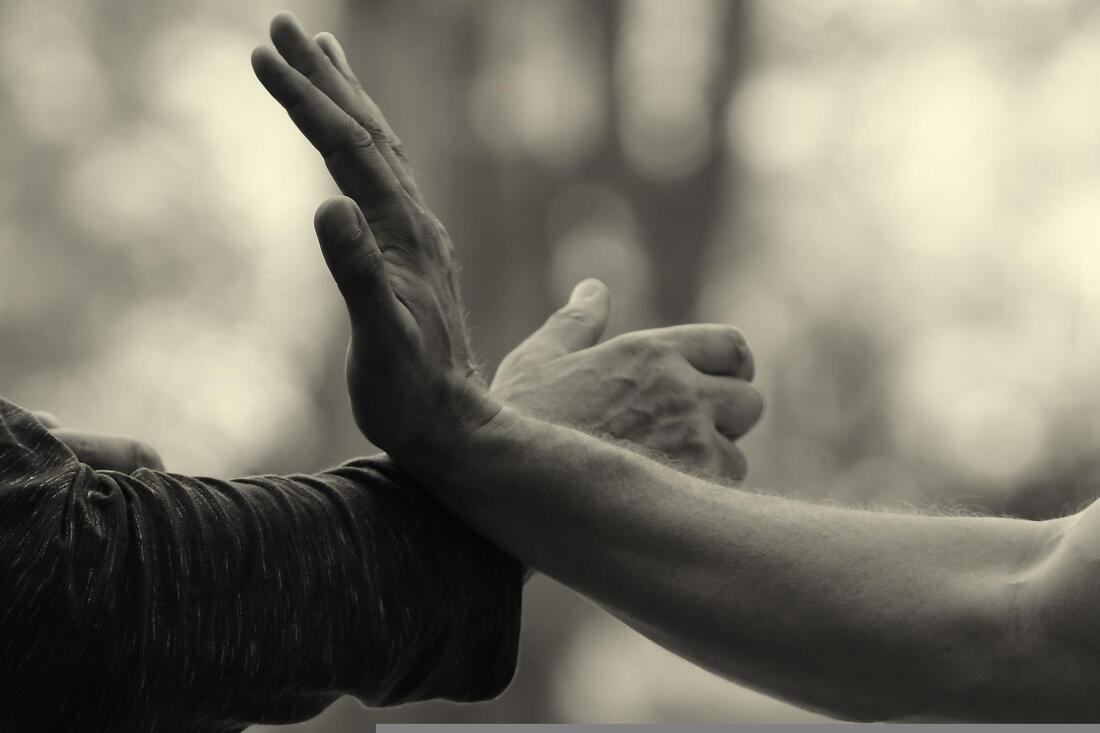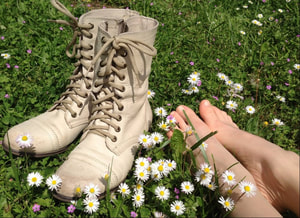
We just passed the phase of the Autumnal Equinox, around the 21st of September here in the Northern hemisphere. The "change" from Late Summer to Autumn has reared its severe head. Here, we have been presented with 20-degree temperature difference overnight; warm and sunny in the day hitting mid-20s, then down to 5 degrees in the night. Our bodies, with pores wide open like windows of our houses in Summer, were shocked into closure. If not, we got sick with a cold or digestive distress, forcing us to stay in bed under warm covers, which in a way is a form of drastic closure.
After the Autumnal Equinox passes, the light of the sun diminishes every day; over a minute at sunrise and over 2 minutes at sunset. What does this do to living beings on this hemisphere? It makes us, animals and plants, focus more inward; our energies begin to be more Yin concentrated. It is then not surprising that we modern humans stay more indoors, as it is colder, darker and we feel less active, possibly even tired. If you have been feeling this way these past few weeks, there is nothing wrong with you. Nature and the weather affects us because we are a part of nature. What we can do is to honor this connection by taking time to do quiet things, to rest and sleep more. Also, to eat certain foods that will help the process of moving inward, such as with root vegetables. There is this idea in Chinese Medicine and other forms of Complementary Medicine that "like treats like"; if we want to feel more rooted, we should ingest roots, as they will guide our energetic body to create more "rooted connections."
One of my favorites is Sweet Potato, 番薯 Fān Shǔ, Ipomoeas batatas in Latin. That's the plant pictured above. For the past few years, we have been planting this wonderful vegetable in our garden as it is a plant that almost all parts - leaf, stem, flower and root, are edible. Its leaves are heart-shaped and they creep and hang off the edge of our veggie-raised-beds, with its blossom so like the Morning Glory. They can propagate by leaf-cuttings but if you had a root that was sprouting, like many root vegetables, you can put this root in a bit of water to allow the sprout to grow leaves and then place them in the Earth. One can boil the roots in water with a little salt, add them to curries, fry/ bake them like Sweet Potato fries or make Sweet Potato pie with walnuts, like they do in the US for Thanksgiving. In East Asia, we make Rice Congee with Sweet Potato roots, deep fry them with a batter to make tempura in Japanese cuisine or in ball-form as a sweet snack in Malaysia (fān shǔ dàn) or served in a sweet soup in China. We also eat the leaves and stems, in the Spring-Summer seasons, as a stir-fry like you can with spinach, with a little garlic and soy sauce. They are beautiful beings that thrive in sunny, warm conditions, but are very sensitive to frost, as they are originally from Central/ South America like the regular potato. As such, it is now soon time to harvest the roots in our garden.
In Chinese Medicine, Sweet Potato is sweet in flavor, neutral to cooling in temperature and, affects the Spleen, Stomach, Large Intestine and Kidney meridians. When a food or herb is naturally sweet in flavor, it often will tonify Qi. As such Sweet Potato's functions include strengthening Spleen to promote Qi, increase mother's milk production, as well as helps support bowel movements, remove toxins from the body, builds the Yin in the body, which then treats dryness and inflammation. From a Western nutritional perspective, its orange color already suggests that it is high in Beta-Carotene, Vitamin A. Sweet Potato is also high in Vitamin C and E, potassium and fiber. Its natural sweetness and being a root vegetable, versus fruits, has a low-glycemic index and can help stabilize blood-sugar imbalances such as diabetes. Hence, one can eat it as a dessert without having any processed sugar or fructose. I know people who do not tolerate night-shade vegetables, such as potatoes and tomatoes, but Sweet Potatoes are not night-shades, as such very agreeable with those who have these issues. As often the case with most things, too much of a good thing transforms it to a hindrance. Eat it or anything with consciousness, LESS IS MORE.
I find the Sweet Potato plant so versatile and resilient, taking root all over the world; from the Americas to Asia-Pacific, Africa and Europe through the Columbian Exchange, but also it has been found that Polynesia had cultivated this plant before the British came to the islands. We can learn a lot from this plant in being adaptable yet being able to root almost in every continent on the Earth. Best of all to go inward to find our own roots at this time of year.
Image Sweet Potato Plant and Blossom by Elaine
Image Sweet Potato Roots by Suanpa on Pixabay




 RSS Feed
RSS Feed